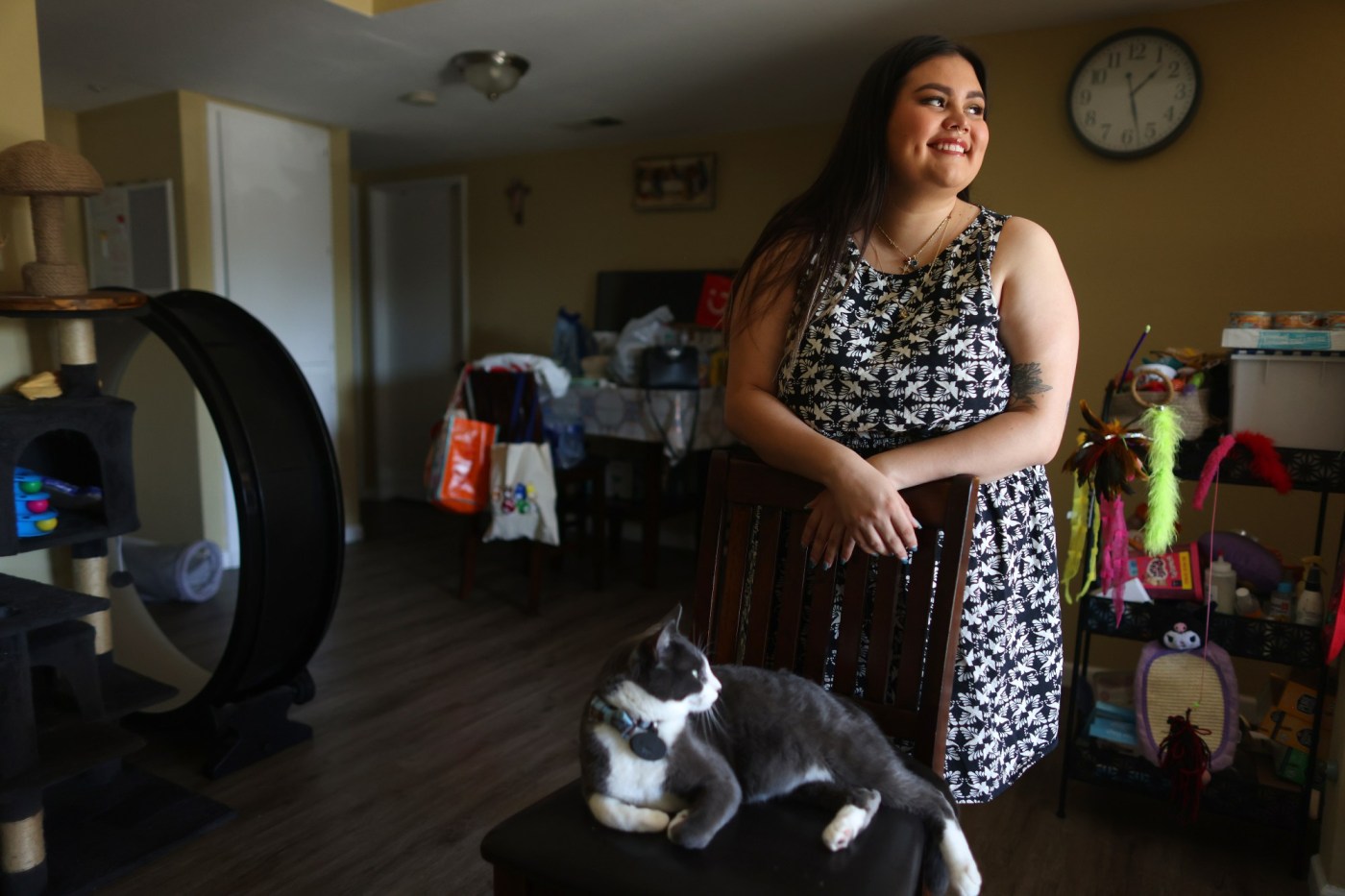Business
California Experiences Historic Low in Birth Rates as Trends Shift

California has recorded a significant decline in its birth rate, reaching a historic low of just 10.2 births per 1,000 population in 2023. This figure marks a drop below levels recorded in 1906, during the recovery phase from the devastating San Francisco earthquake. The current rate represents a decrease of over 50% from the peak seen during the World War II baby boom, when the rate was 24.8 in the late 1940s and early 1950s.
The Public Policy Institute of California (PPIC) highlights that the fertility rate, which measures the average number of children a woman would have in her lifetime, also remains alarmingly low at 1.48, down from 2.5 in 2008. These trends indicate broader shifts in reproductive patterns across the state and the nation, with every state now reporting fertility rates below the 2.1 replacement rate necessary for population stability.
Factors Behind the Decline
Several factors are contributing to this decline in birth rates. Economic pressures are a significant concern, particularly among Latino communities in California, where a noticeable drop in birth rates has been observed. The evolving roles of women in both family and workforce contexts also play a critical role. Historical data from the PPIC reveals that birth rates fell during the recession of the early 1990s and again after the 2008 housing market crash.
A recent poll by Joint Venture Silicon Valley and the Bay Area News Group found that approximately one-third of respondents are delaying parenthood due to financial concerns. Brianna Rodriguez, a 27-year-old resident of the Bay Area, exemplifies this trend. Living with her mother and younger brother to save costs, she and her partner, Eduardo Martinez, are postponing marriage and children due to the high cost of living in their area. Rodriguez, who juggles three jobs to earn about $40,000 a year, expressed her frustration: “I’ve always wanted a big family, but it feels impossible to afford the kind of neighborhood and house we want.”
The trend is particularly pronounced among younger adults. Those in their 20s are now less likely to marry compared to previous generations, further contributing to the decline in the birth rate. Despite an increase in birth rates among women in their late 30s and early 40s, this has not been sufficient to counterbalance the drop seen in younger demographics.
Looking Ahead
MarinHealth Medical Center, located in Marin County, reported a slight decrease in total births, with 1,402 babies born in the previous year and expectations of over 1,500 by the end of this year. Deanna Williams, director of the MarinHealth birth center, noted a 5% decrease in births between 2023 and 2024, reflecting the statewide trend. Yet, she remains optimistic as delivery numbers for 2025 show signs of recovery.
Williams pointed to the center’s initiatives, such as a new multispecialty clinic in Petaluma and upcoming services in Sausalito, aimed at improving access to prenatal care and encouraging families to choose MarinHealth for their maternity needs. “These steps make it easier for local families to access world-class prenatal and delivery care closer to where they live,” she stated.
As California continues to grapple with these demographic changes, the future remains uncertain. The state has historically bounced back from similar declines, often through increased birth rates among immigrant populations. However, a decrease in immigration may hinder this recovery moving forward.
Rodriguez retains hopes for a family in the future but acknowledges the challenges ahead. “At this point,” she said, “I’m just going to keep getting more pets.”
The decline in California’s birth rates reflects a complex interplay of economic, social, and cultural factors, highlighting the evolving landscape of family planning and societal expectations. As the state navigates these changes, the implications for future generations and population growth remain significant.
-

 Business1 week ago
Business1 week agoIconic Sand Dollar Social Club Listed for $3 Million in Folly Beach
-

 Politics1 week ago
Politics1 week agoAfghan Refugee Detained by ICE After Asylum Hearing in New York
-

 Health1 week ago
Health1 week agoPeptilogics Secures $78 Million to Combat Prosthetic Joint Infections
-

 Science1 week ago
Science1 week agoResearchers Achieve Fastest Genome Sequencing in Under Four Hours
-

 Lifestyle1 week ago
Lifestyle1 week agoJump for Good: San Clemente Pier Fundraiser Allows Legal Leaps
-

 Health1 week ago
Health1 week agoResearcher Uncovers Zika Virus Pathway to Placenta Using Nanotubes
-

 World1 week ago
World1 week agoUS Passport Ranks Drop Out of Top 10 for First Time Ever
-

 Business1 week ago
Business1 week agoSan Jose High-Rise Faces Foreclosure Over $182.5 Million Loan
-

 Science1 week ago
Science1 week agoMars Observed: Detailed Imaging Reveals Dust Avalanche Dynamics
-

 Entertainment1 week ago
Entertainment1 week agoJennifer Lopez Addresses A-Rod Split in Candid Interview
-

 World1 week ago
World1 week agoRegional Pilots’ Salaries Surge to Six Figures in 2025
-

 Top Stories1 week ago
Top Stories1 week agoChicago Symphony Orchestra Dazzles with Berlioz Under Mäkelä









